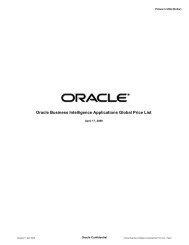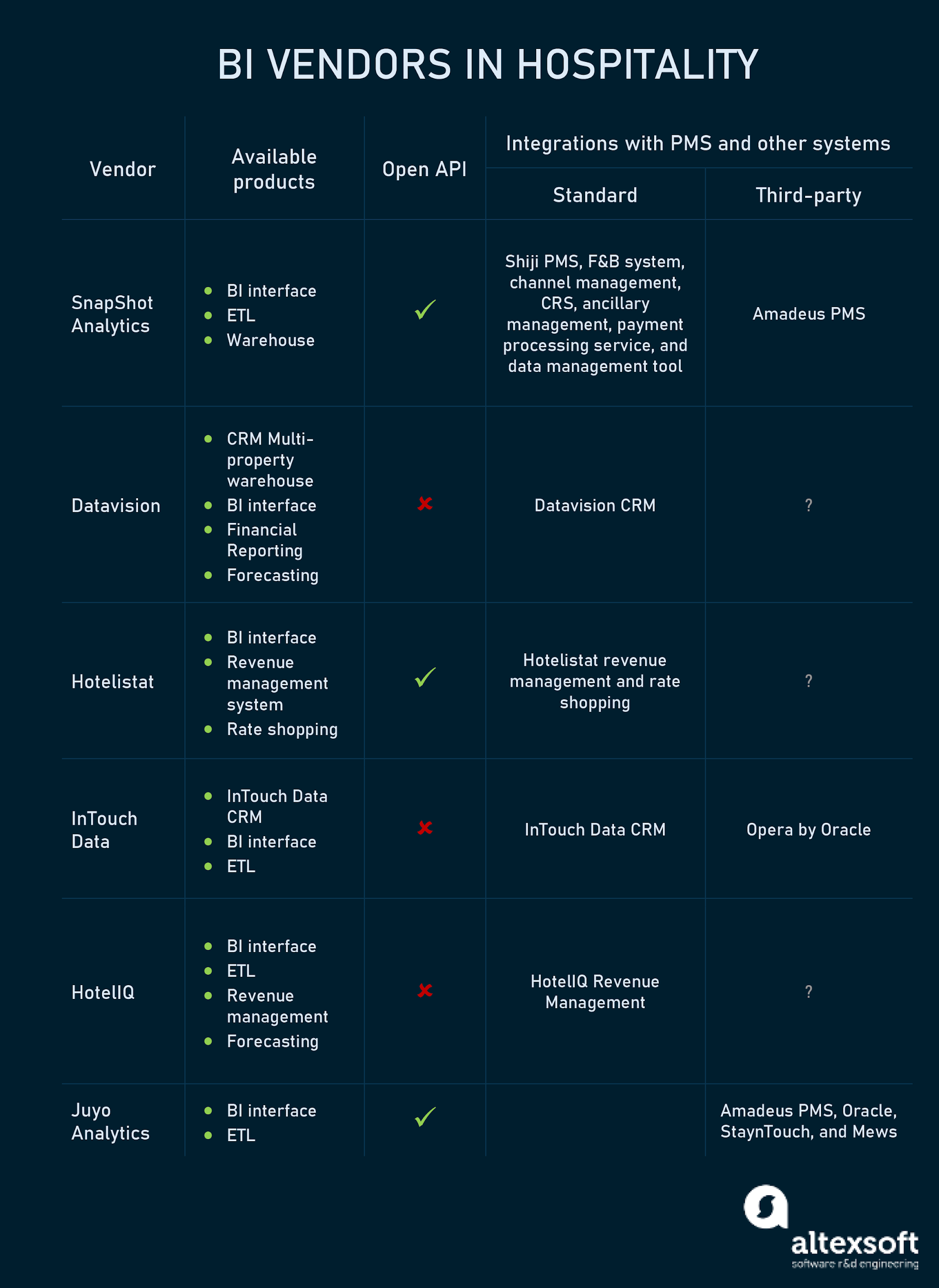

- #ORACLE BUSINESS INTELLIGENCE APPLICATIONS ANALYTICS LIST UPGRADE#
- #ORACLE BUSINESS INTELLIGENCE APPLICATIONS ANALYTICS LIST PASSWORD#
The below activities need to be performed: 3.2.1 Replace ‘shared’ with ‘company_shared’Ĭheck if you need to replace any folders as your on-premise webcat might have something like ‘/shared’ and your BICS with ‘company_shared’. To upload on-premise webcat content, it must be from another Oracle BICS or OBIEE 11.1.1.9.0 and above versions only. To verify the uploaded data model, click on Analysis and Create Analysis and you should be able to see new subject-areas similar to your on-premise data model: If there no errors during upload process, you will a success message with your data model name on the top of Console screen.
#ORACLE BUSINESS INTELLIGENCE APPLICATIONS ANALYTICS LIST PASSWORD#
Login to Oracle BICS environment and click on Console and then on Snapshots and Models.Ĭlick on Replace Data Model and choose on-premise rpd/data model and provide the password which is your rpd default password.ĭepending on the size of the data model (and connectivity), it takes couple of minutes to load it and you can check also the status of completion in the task bar of the window. Obtain necessary Database Cloud Service hostname, username and password for updating respective RPD physical connection pools as your on-premise RPD physical connections will be pointed to on-premise database.īefore proceeding further, please make sure the snapshot is created as mentioned above under Pre-requisites. 3.1.3 Change RPD Database Connections to Cloud Typically, any warnings can be ignored as they arise out the best-practices but they can be fixed as well so your RPD will be in a good state. It is recommended practice to run a global consistency check after every change in data model/rpd to avoid any potential inconsistencies which leads to issues in starting the services or report errors. If not, you may have to develop a thorough and working data model. If you already have up and running on-premise OBIEE instance, there is no need to develop a separate data model instead you can use the same data model/rpd file. Once these are done, upload the data model (.rpd file) onto Oracle BICS using Console and Replace Data Model. Please note during RPD lift and shift process, you cannot connect to BICS own database. There are a few requisites to be followed before getting into action:Īs shown in the below diagram, develop your data model using on-premise BI Administration Tool, make sure to run global consistency check to avoid any type of errors (warnings are fine) then change the physical connections to point to your on-premise database or Oracle DB Cloud Service.
#ORACLE BUSINESS INTELLIGENCE APPLICATIONS ANALYTICS LIST UPGRADE#
Check Oracle’s link for a step-by-step upgrade instructions: 2.0 Pre-requisites If you are on OBIEE 11g and thinking to move to latest tech-stack OBIEE 12c, check this detailed document.Īnd if you are still on OBIEE 10g, it is high-time to consider upgrading to latest OBIEE tech-stack to take advantage of abundant enhancements and stunning new features. The diagram below highlights the path to Oracle BICS from different versions of OBIEE: With the older version, the path you take may be different and relatively longer. You can practically migrate from any previous versions of OBIEE or Seibel Analytics to Oracle BICS. As an existing customer one could still have any of these previous versions, though many of them are out of support already. Since Oracle’s acquisition of Siebel Analytics in the year 2005, there are multiple major versions of OBIEE have been released.

Some of the screenshots may look different in future releases. NOTE: This document is written based on Oracle BICS current version 17.1.4.0.0. So the above barriers (there are many more under the hood!) can be easily achieved by moving your Oracle BI-Apps content to Oracle BICS. Takes more efforts for capacity resize of both Users and Hardware

Does not receive automatic upgrades or new features Requires engaging your technical teams for regular maintenance, backup and recovery activities Requires engaging your own resources for routine upgrades and maintenance and patches for bug-fixes or new features.Does not offer rich and interactive reports/dashboards and stunning visualisations

Is an On-premise – your users have to be on a company network or on VPN in order to access Reports and Dashboards


 0 kommentar(er)
0 kommentar(er)
